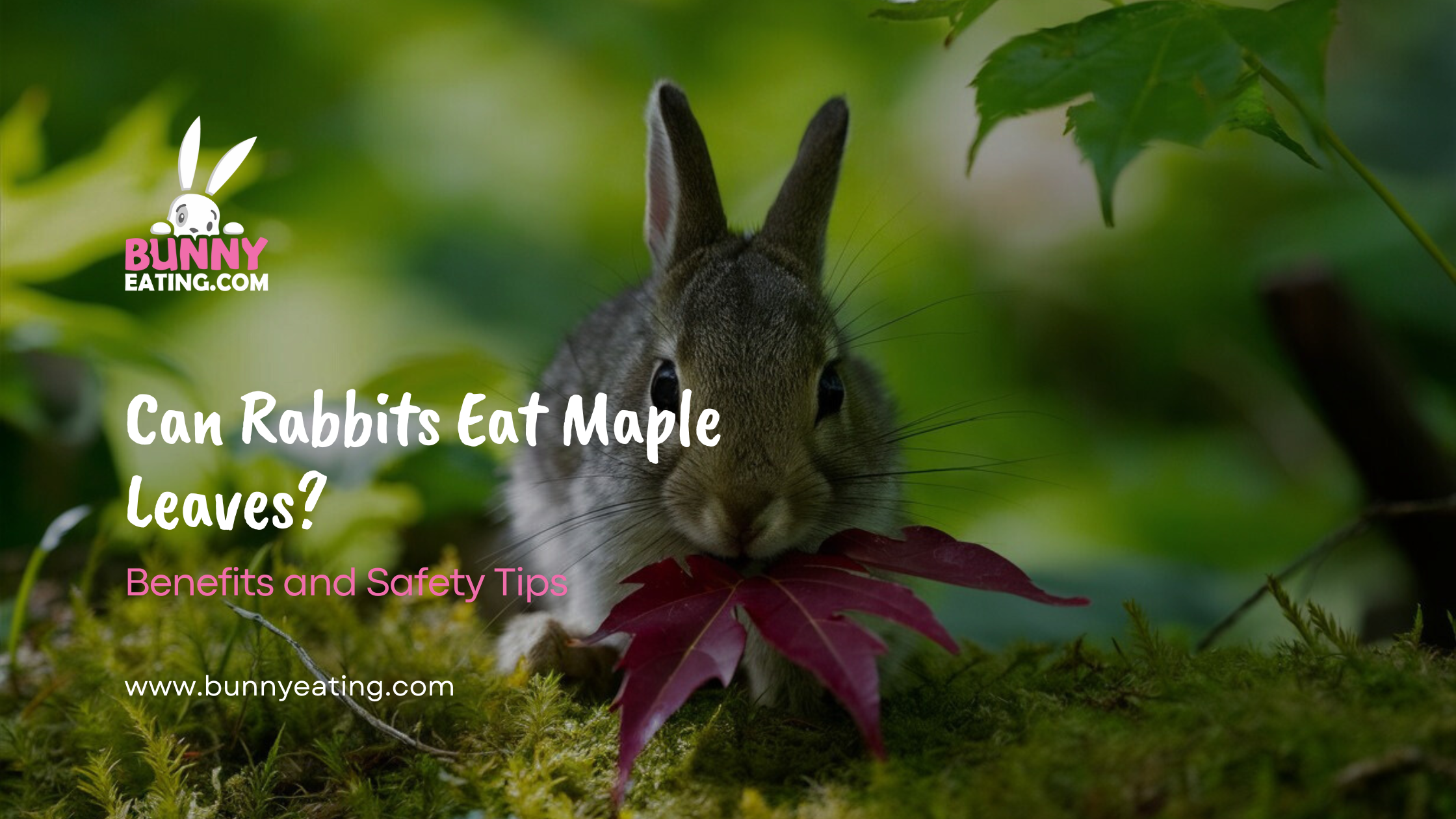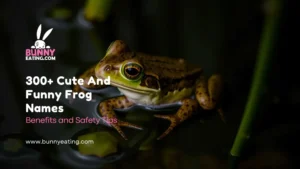identifying the ideal diet for your loved rabbit is essential to keeping their well-being. Even though maple leaves might sound like a delicious treat, you’ll need to know which are the drawbacks of giving them to your pet. The safety of maple leaves for rabbits, substitutes, dietary worries, and useful advice for feeding an appropriate diet will all be covered in this article. Find how to choose the right food for your rabbit by studying this guide, regardless of how familiar you are with rabbits being owned. Can Rabbits Eat Maple Leaves?
Safe Alternative to Rabbit Eating Maple Leaves
If you’re looking for a safe alternative to feeding your rabbit maple leaves, consider offering them a variety of other leafy greens such as romaine lettuce, kale, parsley, cilantro, and dandelion greens. These alternatives are rich in nutrients and are generally safe for rabbits to consume in moderation.
Risks of Feeding Maple Leaves
Feeding maple leaves to your rabbit can pose several risks, including potential gastrointestinal upset, as some rabbits may have difficulty digesting certain components of the leaves. Additionally, maple leaves contain compounds such as tannins, which in large quantities can be harmful to rabbits.
Effects of Maple Leaves on Rabbits
Maple leaves can have various effects on rabbits, ranging from mild digestive issues like diarrhoea or stomach discomfort to more severe symptoms if consumed in large quantities. Some rabbits may tolerate small amounts of maple leaves without adverse effects, while others may experience discomfort or illness.
Are Maple Leaves Good for Rabbits?
Maple leaves are not considered ideal for rabbits due to their potential risks and limited nutritional value. While they may provide some fibre, vitamins, and minerals, there are safer and more nutritious options available for feeding rabbits.
Nutritional Value of Maple Leaves for Rabbits
Maple leaves contain fibre, vitamins (such as vitamin A and vitamin K), and minerals (such as calcium and magnesium). However, the nutritional value of maple leaves for rabbits is relatively low compared to other leafy greens that are more suitable for rabbit consumption.
How Maple Leaves are Made
Maple leaves are part of the maple tree, which is a deciduous tree native to North America and other parts of the world. These leaves emerge from buds on the branches of the maple tree during the spring and summer months and typically change colour in the fall before falling off the tree.
Types of Maple Leaves Safe for Rabbits
While all maple leaves come from maple trees, not all species of maple may be safe for rabbits to consume. It’s essential to research and ensure that the specific type of maple tree whose leaves you’re considering feeding to your rabbit is safe and free from harmful compounds.
Do Wild Rabbits Eat Maple Leaves?
Wild rabbits may nibble on maple leaves occasionally as part of their foraging behaviour, but they typically have a varied diet consisting of various grasses, herbs, and other vegetation found in their natural habitat.
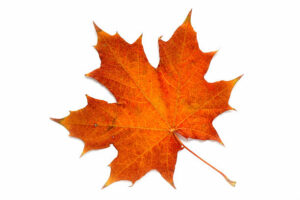
Why Maple Leaves are Harmful to Rabbits
Maple leaves contain compounds such as tannins, which can cause gastrointestinal upset and potentially harm rabbits if consumed in large quantities. Additionally, some rabbits may have difficulty digesting certain components of maple leaves, leading to digestive issues.
Store-bought Maple Leaves and Rabbits
If you’re considering feeding store-bought maple leaves to your rabbit, it’s essential to ensure that they are free from pesticides, herbicides, and other harmful chemicals. Wash the leaves thoroughly before offering them to your rabbit, and monitor for any adverse reactions.
How Often Can My Rabbit Eat Maple Leaves?
Due to the potential risks associated with feeding maple leaves to rabbits, it’s best to offer them only occasionally and in small quantities as a treat. Incorporating a variety of safe leafy greens into their diet is recommended for optimal nutrition.
How Many Maple Leaves Are There?
There are numerous species of maple trees worldwide, each with its unique leaf characteristics. While it’s challenging to provide an exact count, maple trees are widespread and diverse, resulting in a significant number of maple leaves across various regions.
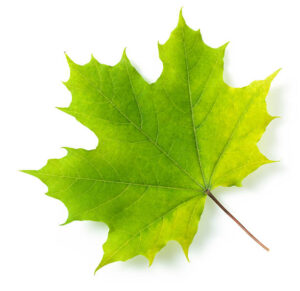
How Healthy Are Maple Leaves?
Maple leaves contain some nutrients beneficial to rabbits, such as fibre and certain vitamins and minerals. However, they also contain compounds like tannins that can be harmful in large amounts. Overall, while maple leaves may offer some health benefits, they are not the most nutritious option for rabbits.
How Nutritious Are Maple Leaves?
Maple leaves provide fibre, vitamins, and minerals, but their nutritional value is relatively low compared to other leafy greens commonly recommended for rabbits. They can contribute to a varied diet but should not be relied upon as a primary source of nutrition.
Preparing Maple Leaves for Rabbits
Before offering maple leaves to your rabbit, ensure they are clean and free from any pesticides or contaminants. Wash the leaves thoroughly under running water and remove any damaged or wilted parts before serving them to your rabbit.
What Should I Combine Maple Leaves With for My Rabbit?
If you choose to feed maple leaves to your rabbit, you can combine them with other safe leafy greens and vegetables to create a balanced and varied diet. Some suitable options include romaine lettuce, kale, parsley, and dandelion greens.
What If My Rabbit Eats a Large Amount of Maple Leaves?
If your rabbit consumes a large number of maple leaves or shows signs of distress, such as vomiting, diarrhoea, or lethargy, contact your veterinarian immediately. Monitor your rabbit closely for any unusual symptoms and seek prompt veterinary care if needed.

When Shouldn’t You Feed Maple Leaves to Your Rabbit?
Avoid feeding maple leaves to your rabbit if they have a known sensitivity or allergy to them, or if you are unsure of their safety. Additionally, refrain from offering maple leaves that have been treated with pesticides or other chemicals.
Monitoring Your Rabbit’s Health
It’s essential to monitor your rabbit’s health regularly, regardless of their diet. Keep an eye out for changes in appetite, behaviour, and stool consistency, and consult your veterinarian if you notice any concerning symptoms or issues.
What Actions Should I Take If My Rabbit Consumes Maple Leaves?
If your rabbit consumes maple leaves and experiences adverse effects, such as digestive upset or other symptoms, contact your veterinarian for guidance. They can provide advice on managing your rabbit’s condition and may recommend a treatment plan if necessary.
What Else Can I Feed My Rabbit?
Additionally, to leafy greens like spinach, cilantro, and romaine, you can feed your rabbit a range of vegetables like carrots, broccoli, and bell peppers. The vast majority of your rabbit’s diet should consist of hay, with fresh greens and just a few grams of pellets made especially for rabbits as pills.
How to Create a Rabbit-Friendly Garden?
To create a rabbit-friendly garden, plant a variety of rabbit-safe herbs, vegetables, and grasses such as cilantro, basil, lettuce, and Timothy grass. Avoid planting toxic plants or using chemical pesticides, and provide shelter and hiding spots for your rabbit to explore safely.
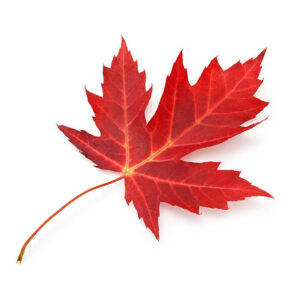
Rabbit Treats Made at Home?
You can make homemade rabbit treats using rabbit-safe ingredients such as oats, dried fruits (in moderation), and fresh herbs. Simple recipes like homemade rabbit biscuits or fruit and vegetable kabobs can provide healthy and enjoyable treats for your rabbit without the added preservatives or sugars found in many commercial treats.
Conclusion
In short, maple leaves have the potential to cause toxicology and vomiting in foxes, they may have a certain amount of nutrition. Your rabbit can have a well-balanced and rich-in-nutrient diet if you value safer options like veggies and leafy greens. Remember to keep a close eye on your rabbit’s health and seek guidance from a vet if you have any worries regarding their nutrition or general well-being. You can assure your loved bunny companion a long and happy life with good care and diet.
FAQs
-
Are maple leaves safe for rabbits to eat?
- Maple leaves pose potential risks to rabbits, including digestive upset and toxicity, making them unsuitable as a primary food source.
-
What are some safe alternatives to feeding my rabbit maple leaves?
- Safe alternatives include a variety of leafy greens and vegetables such as romaine lettuce, kale, parsley, and dandelion greens.
-
How often can I feed maple leaves to my rabbit?
- Maple leaves should be offered only occasionally and in small quantities as a treat due to their potential risks.
-
What should I do if my rabbit eats a large amount of maple leaves?
- Monitor your rabbit closely for any adverse symptoms and contact your veterinarian immediately if you notice signs of distress such as vomiting or diarrhoea.
-
Can wild rabbits eat maple leaves?
- Wild rabbits may nibble on maple leaves occasionally as part of their foraging behaviour, but their diets primarily consist of various grasses, herbs, and vegetation found in their natural habitat.
